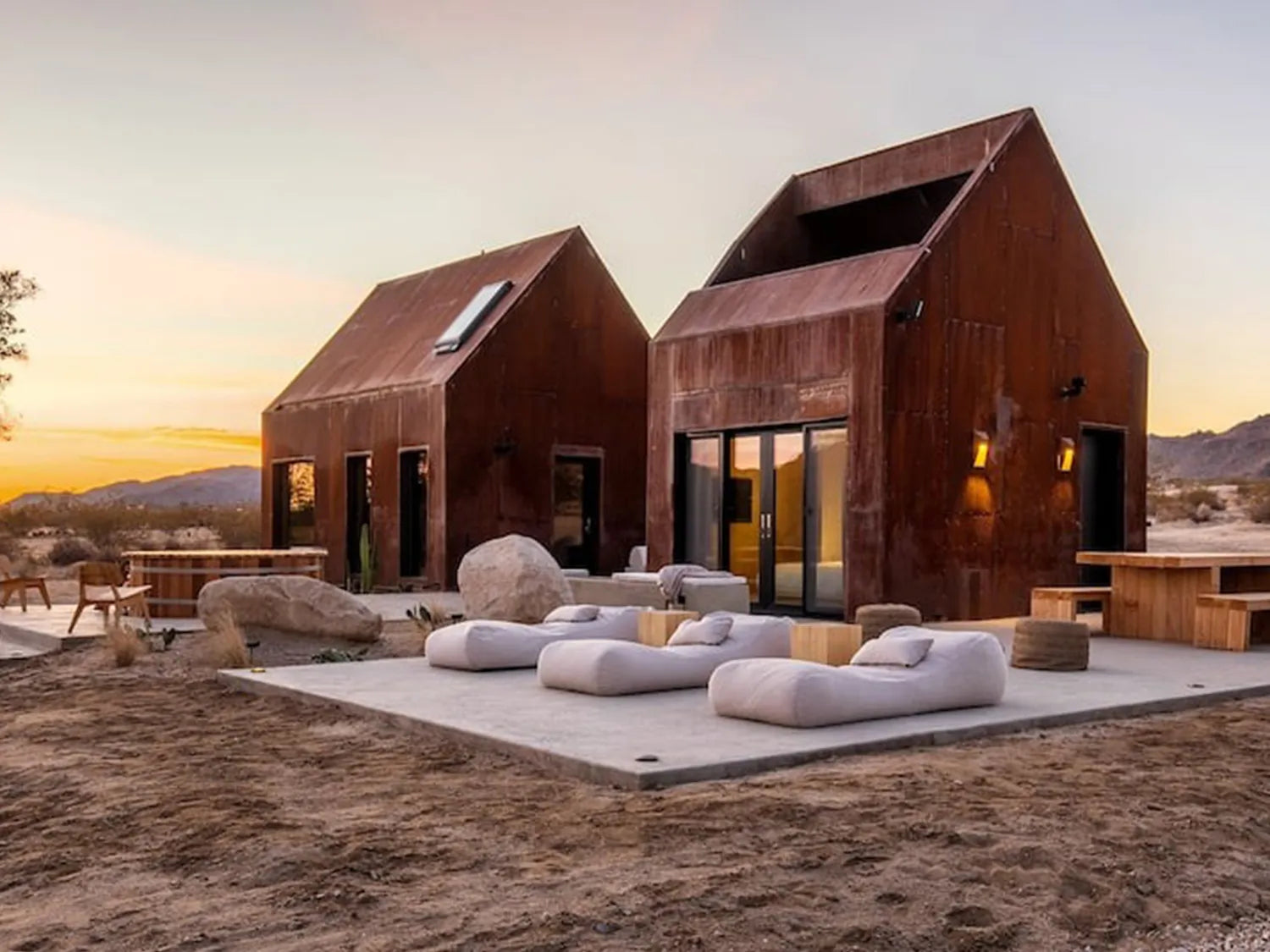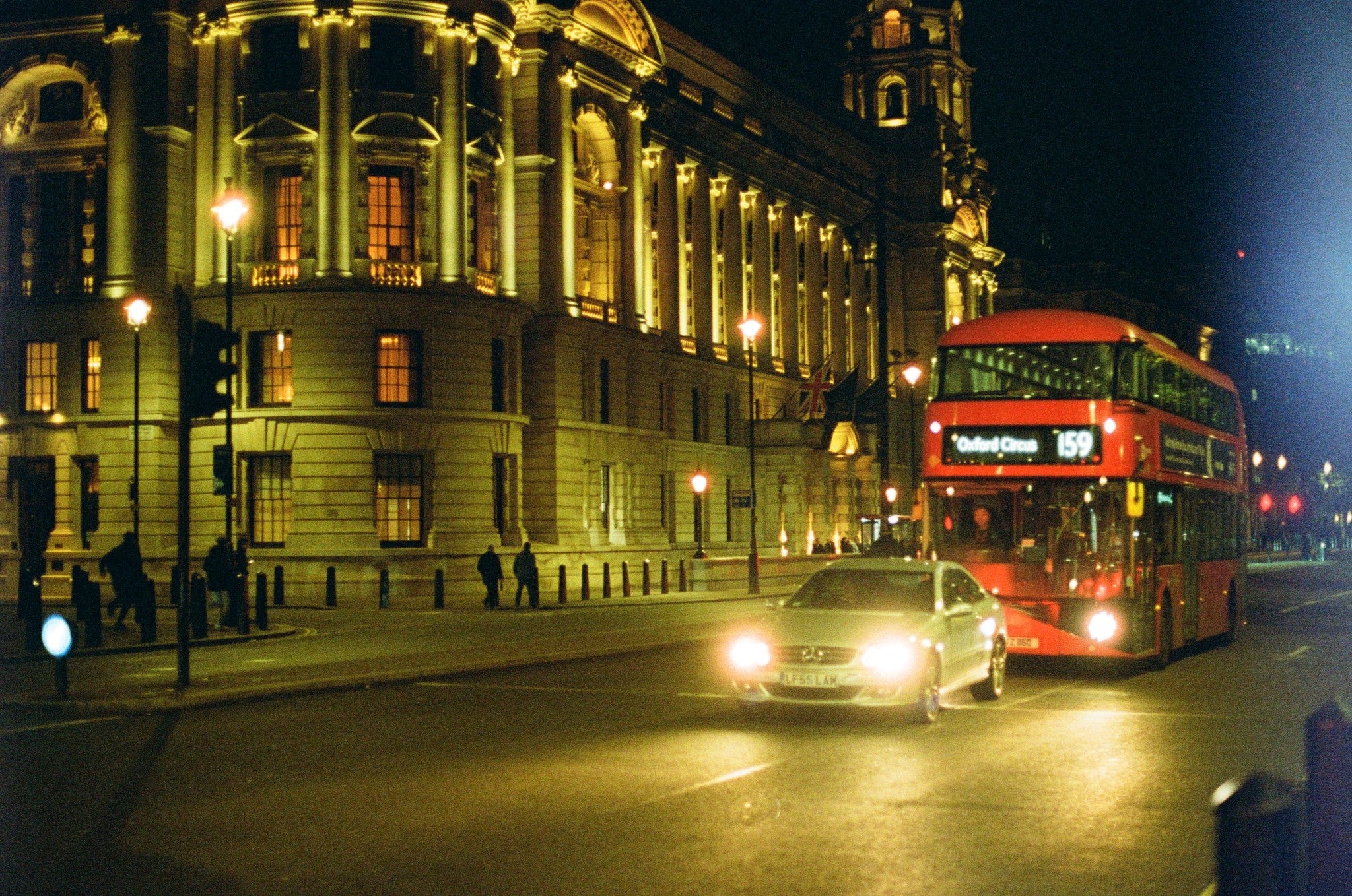Minimalism and Maximalism: Why Our Interiors Are Splitting in Two Directions

The worlds of minimalism and maximalism seem like opposites. While minimalism champions simplicity and a “less is more” approach, maximalism embraces bold colors, rich textures, and layers of personality in every corner. Yet, despite these contrasting philosophies, both are thriving side-by-side in today’s interior design landscape. Why are we seeing this split in decor trends, and what do these styles reveal about our lifestyles and values?
Space for Calm and Clarity
Minimalism has been a dominant force in modern design for decades, largely inspired by Scandinavian and Japanese design principles that emphasize simplicity, functionality, and mindfulness. In a minimalist interior, each item has a purpose, with no room for excess or clutter. Neutral tones, clean lines, and natural light take center stage, creating a sense of calm that’s often difficult to find in a fast-paced world.
The minimalist trend appeals to those seeking a sanctuary from the constant stimulation of digital life. For people working from home, especially, minimalist spaces can feel like a mental reset, making it easier to focus on the essentials and maintain a clear headspace. Psychologists even note that minimalism can promote a sense of calm and focus, as a decluttered physical space often leads to a less cluttered mind.
Some notable aspects of minimalist decor include:
- Neutral Color Palettes: Whites, grays, beiges, and soft earthy tones create a calming atmosphere.
- Functional Furniture: Every piece is both aesthetically pleasing and practical, contributing to an overall sense of efficiency and order.
- Natural Materials: Wood, linen, and other organic materials offer warmth without overwhelming the senses.
- Open Space: Negative space is celebrated, allowing each item to “breathe” and contribute to a more open, airy feel.
For many, minimalism is more than just a design choice—it’s a lifestyle philosophy centered on intentional living, where the focus is on quality over quantity. Minimalist interiors reflect a move toward conscious consumerism and the idea that true contentment comes from having just enough.
Bold Self-Expression and Creativity
On the other end of the spectrum, maximalism celebrates abundance, color, and layered decor. Maximalist interiors are filled with vibrant hues, mismatched textures, and an eclectic mix of objects that tell a story about the homeowner’s personality, passions, and experiences. It’s a style that encourages freedom from the “rules” of traditional decor, inviting people to mix vintage with modern, bright colors with neutrals, and patterns that might not conventionally “match.”
Maximalism appeals to those who view their home as an extension of their identity. In the age of digital oversaturation, some people are finding comfort in spaces that feel rich and personal rather than blank and minimalist. The popularity of maximalism can be seen in the rise of “grandmillennial” decor, which draws on vintage pieces and patterns reminiscent of a bygone era but combines them with a fresh, modern twist. Maximalism allows for curated chaos, inviting creativity and a sense of adventure into the home.
Characteristics of maximalist design often include:
- Bold Colors and Patterns: Rich, vibrant colors and eclectic patterns add energy to the space, with each room telling a different story.
- Layered Textures: Velvet cushions, woven rugs, textured walls—maximalist spaces are all about tactile richness.
- Personal Collections: Maximalism celebrates the joy of collecting and showcasing meaningful objects, from artwork to memorabilia to books.
- Mix-and-Match Aesthetic: There’s freedom in maximalism to blend high and low, vintage and modern, and even clashing colors.
For maximalists, home decor is about telling a story, inviting a sense of wonder, and transforming a space into a living scrapbook of experiences, tastes, and memories. Where minimalism celebrates restraint, maximalism is about finding beauty in abundance.
Kanye West and the Rise of Minimalism
Kanye West has played a major role in bringing minimalism into the spotlight, especially through his unique approach to design and branding. His pop-up shops for merchandise are a great example—they’re all about simplicity. When you walk into one of these spaces, you notice how they strip away all the unnecessary clutter, letting the products take center stage. With neutral colors and clean lines, these shops create a calm and modern vibe that really resonates with people looking for some peace in a chaotic world.
This minimalist aesthetic didn’t just stop at his merchandise. Kanye and Kim Kardashian took it a step further by designing their home with the same principles in mind. Their house features an open layout, vast white walls, and minimalist furniture that makes everything feel spacious and serene. It’s not just about luxury; it’s a reflection of their lifestyle—prioritizing tranquility and thoughtful design over excess.
As their home became a symbol of this new way of living, it influenced many others who wanted to adopt a minimalist lifestyle. People started to embrace the idea that it’s not about how much you have, but how you feel in your space. This shift caught the attention of the corporate world, too. Businesses began to see the value in creating environments that inspire focus and creativity, leading to a rise in open workspaces and uncluttered offices.
Why Both Styles Thrive Today
Our interiors are a reflection of our lifestyles and, in some ways, our personal coping mechanisms for navigating the complexities of modern life. Minimalism and maximalism both offer unique responses to these complexities. For those seeking simplicity and mindfulness, minimalism is a natural fit. It creates an environment that offers respite from the chaos of daily life and represents a form of peaceful resistance to consumerism and overstimulation.
Maximalism, on the other hand, offers a space for self-expression and creativity. With many of us spending more time at home, maximalism brings vibrancy and variety, stimulating the senses and creating a sense of “home” that feels layered and alive. It’s also a way for people to showcase individuality and embrace items that are meaningful and unique, rejecting the “cookie-cutter” look.
Social media has also played a significant role in the popularity of both trends. Minimalist interiors are highly shareable, with their serene palettes and photo-ready organization. Meanwhile, maximalist spaces bring a pop of color to feeds and give creators a chance to showcase their collections, eccentric tastes, and design creativity.
Mixing Minimalism and Maximalism
As with many design trends, some people are blending these two philosophies, combining minimalist principles with maximalist touches. Known as “minimalist maximalism,” this trend is all about striking a balance: a mostly neutral room might feature a single, striking piece of art or a bold area rug, or a carefully curated maximalist space may have just the right amount of negative space to keep it from feeling overwhelming.
If you’re interested in incorporating both styles, consider starting with a neutral base and layering in a few carefully chosen pieces that bring color or texture. This hybrid approach lets you enjoy the peace and simplicity of minimalism while still embracing moments of bold expression.
Embracing a Style That Reflects You
In the end, both minimalism and maximalism are more than just trends—they’re reflections of different lifestyle choices, ways of thinking, and paths to self-expression. Choosing between them (or blending both) depends on your personal relationship with space and belongings. Whether you gravitate towards serene, pared-back rooms or vibrant, layered spaces, the most important thing is that your home feels like you.



